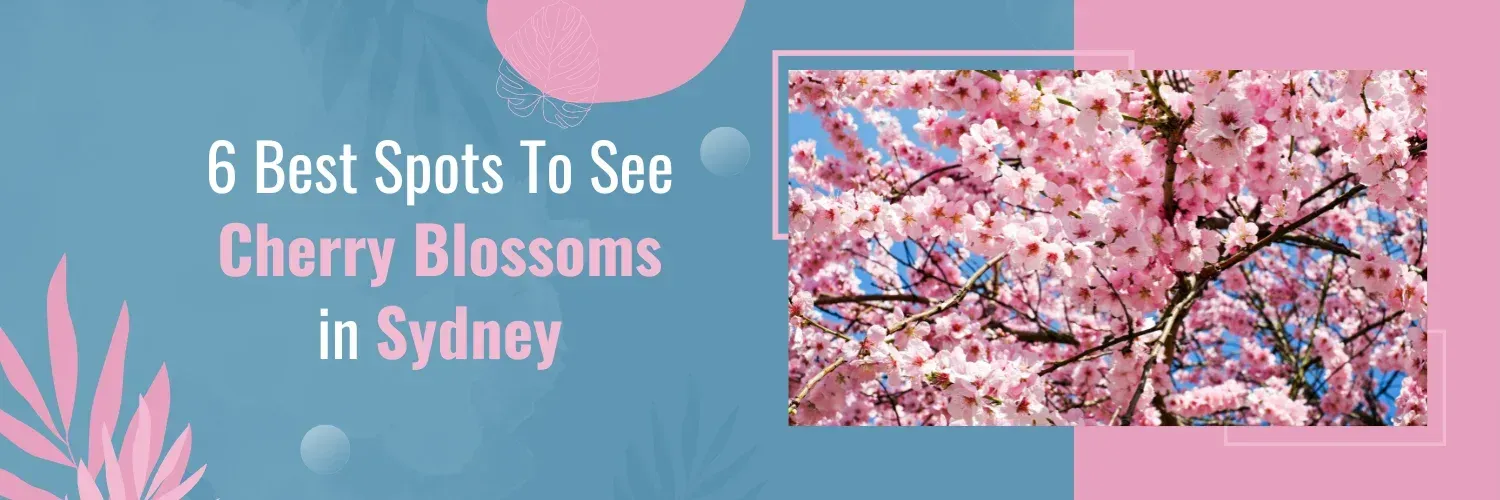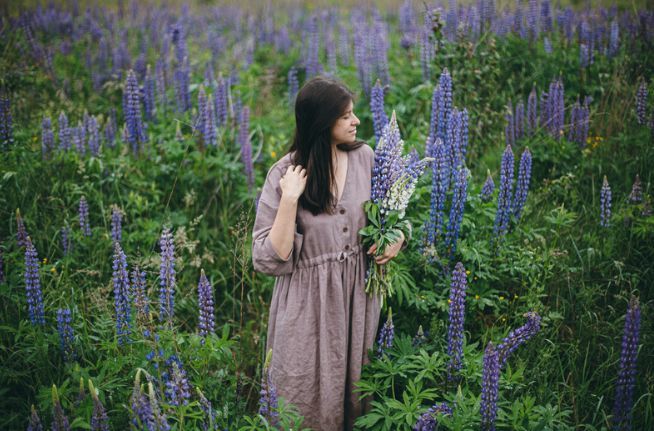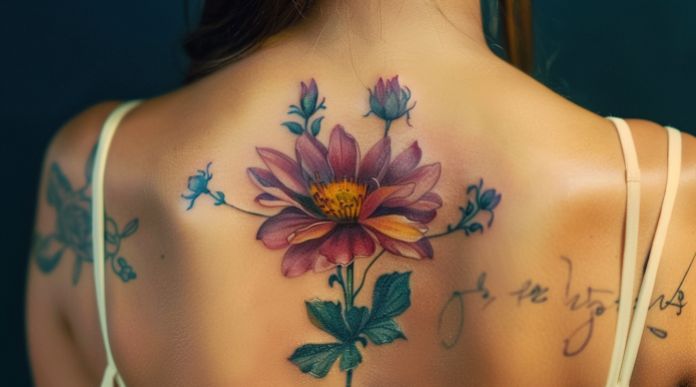By Harry Bourke
•
June 12, 2024
The Cottagecore trend, inspired by the charm of rural life, has become incredibly popular in both fashion and home décor. Flowers play a big role in this trend, adding natural beauty to gardens and bringing the essence of Cottagecore to life. They symbolize simplicity, tradition, and a love for nature, making them a key element in creating the cozy Cottagecore vibe. But what is Cottagecore and what other elements contribute to the Cottagecore aesthetic? What is Cottagecore? Cottagecore is a trend that romanticizes rural life, drawing inspiration from pastoral settings, traditional crafts, and nature. It celebrates simplicity, nostalgia, and a connection to the natural world. The aesthetic often includes elements such as floral patterns, vintage clothing, homemade goods, and cozy interiors reminiscent of countryside cottages. Cottagecore enthusiasts often embrace activities like gardening, baking, and crafting as part of their lifestyle, seeking to create a sense of comfort, wholesomeness, and escape from modern stresses. Why Cottagecore Theme is a Trend The Cottagecore theme has become a trend for several reasons: Escapism and Nostalgia: Many people are drawn to the nostalgic and romanticized idea of a simple, rural lifestyle in an increasingly digital and fast-paced world. Cottagecore represents an escape from modern complexities and a return to nature and simplicity. Connection to Nature: Cottagecore emphasizes a deep connection to nature, from gardening and foraging to outdoor activities like picnics and walks in the countryside. This resonates with individuals seeking a more sustainable and eco-friendly way of living. Cozy and Comfortable Aesthetic: The aesthetic of Cottagecore is cozy, warm, and inviting. It celebrates traditional crafts, vintage decor, and homemade goods, creating a sense of comfort and homeliness that many find appealing. Self-Sufficiency and DIY Culture: Cottagecore promotes self-sufficiency and a DIY mindset, encouraging people to grow their own food, make their own clothes, and create their own cozy spaces. This aligns with trends towards sustainability, minimalism, and conscious consumption. Social Media and Influencers: The popularity of Cottagecore has been amplified through social media platforms like Instagram and TikTok, where influencers and creators share idyllic images and videos of rustic living, inspiring others to adopt the lifestyle. Pandemic Influence: The COVID-19 pandemic also played a role in the rise of Cottagecore, as lockdowns and restrictions led many to seek solace in nature, gardening, and home-based activities. Cottagecore offered a way to find joy and beauty in simple pleasures during challenging times. What is Cottagecore Gardening? Cottagecore gardening is all about creating a charming and natural garden that feels like it’s straight out of the countryside. It’s filled with flowers, herbs, and veggies, arranged in a way that looks wild and whimsical. Think roses, lavender, and daisies growing in a relaxed, informal style. You might also find rustic structures like arbors and pathways, adding to the cozy, nostalgic vibe. Cottagecore gardening is about making a peaceful outdoor space that feels like a retreat into nature’s embrace. Top 10 Cottagecore Flowers for Your Garden 1. Lavender With its iconic purple hue and soothing fragrance, the lavender plant is a Cottagecore staple. Not only is it aesthetically pleasing, but its care is relatively straightforward. Thriving in well-draining soil and full sun, lavender is a natural insect repellent. 2. Foxgloves Tall, striking, and almost fairy-tale-like, foxgloves bring a touch of whimsy to any garden. They prefer partial shade and well-draining soil. Their bell-shaped flowers are not only captivating but also attract pollinators. 3. Daisy Daisies, with their simple charm, are reminiscent of childhood days spent in meadows. They are adaptable, resilient, and bloom prolifically. Daisies require full sun and moderate water, and they often reseed themselves, offering surprise blooms year after year. 4. Hollyhock These towering beauties are reminiscent of old cottage gardens. Hollyhocks thrive in full sun and need well-draining soil. Their large, colourful blooms make them a focal point in any Cottagecore-inspired space. 5. Roses (especially antique varieties) What garden is complete without roses ? Antique varieties, with their heady fragrances and layered petals, fit the Cottagecore aesthetic perfectly. While they require more attention, the results—a garden filled with enchanting blooms—are worth it. 6. Peonies Lush, fragrant, and undeniably romantic, peonies are a springtime favourite. They thrive in well-draining soil and full sun, but once established, they are quite hardy and can bless your garden with blooms for decades. 7. Cosmos Cosmos, with their delicate petals and tall, slender stems, dance gracefully in the breeze. They’re drought-tolerant, love full sun, and can easily reseed themselves. 8. Wisteria This cascading beauty, with its clusters of fragrant purple or white flowers, is perfect for pergolas or trellises. Wisteria requires a sturdy support structure and should be pruned regularly to maintain shape. 9. Poppies With their paper-thin petals, poppies bring a pop of colour to gardens. They’re easy to grow from seeds and prefer well-drained soil and full sun. 10. Clematis Clematis vines, known for their vibrant blooms, are perfect for climbing up trellises or fences. They prefer their feet in the shade and their heads in the sun, making them versatile and easy to place in gardens. Key Takeaways It creates a charming, rustic, and naturalistic garden space reminiscent of rural landscapes. Cottagecore gardens feature an abundance of flowers, herbs, and vegetables. Plants are arranged informally to mimic the wild and whimsical look of cottage gardens. Elements like heirloom varieties, roses, lavender, and daisies are commonly found. Traditional garden structures such as arbors, trellises, and pathways are incorporated. The focus of cottagecore is on creating a peaceful and enchanting outdoor retreat for relaxation and connection with nature. For more flower trends and useful tips, don’t forget to follow our blogs . We’re here to keep you updated and inspired as you explore the wonderful world of flowers. Happy reading! FAQs Q: Can I Mix Other Plants With These Flowers? Absolutely! Cottagecore celebrates diversity in gardens. Ferns, herbs, and vegetables can seamlessly blend with the flowers for a richer tapestry. Q: Where Can I Buy Authentic Cottagecore Garden Ornaments? Local antique stores, flea markets, or online platforms like Etsy are ideal for sourcing unique, vintage garden ornaments. Q: How Do I Protect My Cottagecore Flowers From Pests? Focus on natural solutions. Introduce beneficial insects, plant companion plants that deter pests, or use organic sprays like neem oil.


























